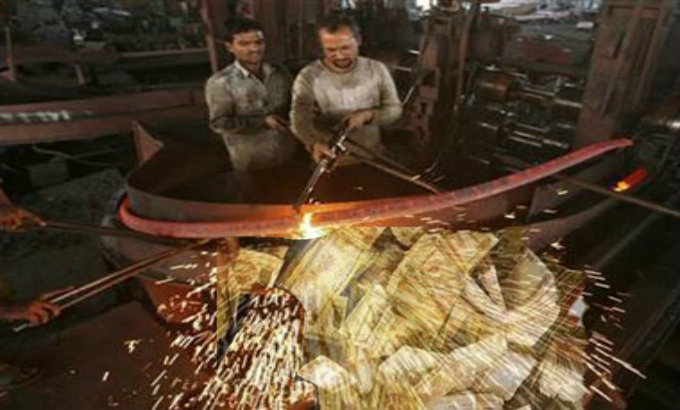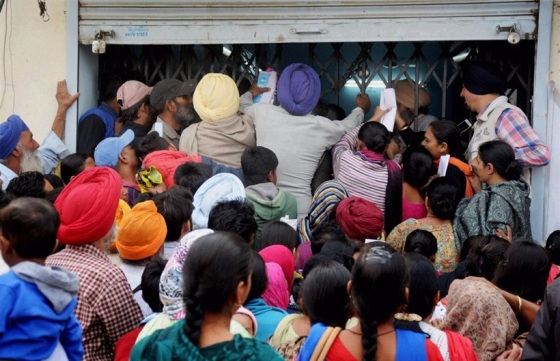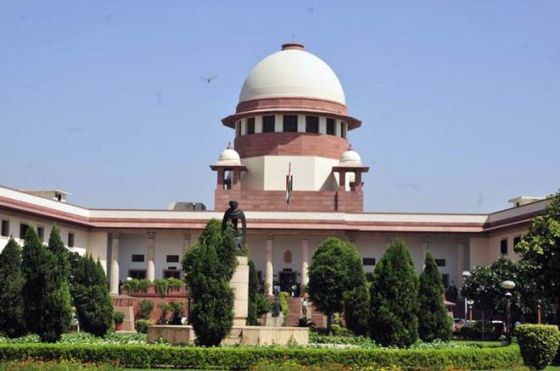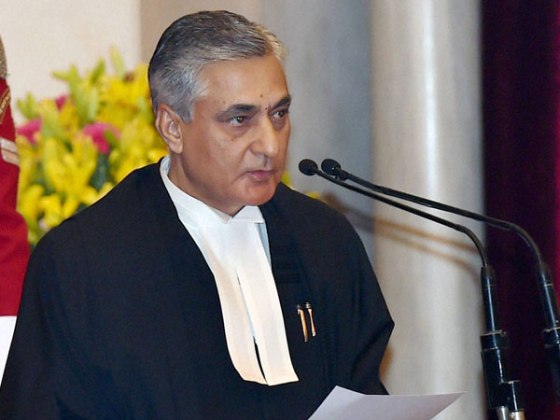Chilean Navy admits it ‘can’t explain’ chilling footage of UFO sighting
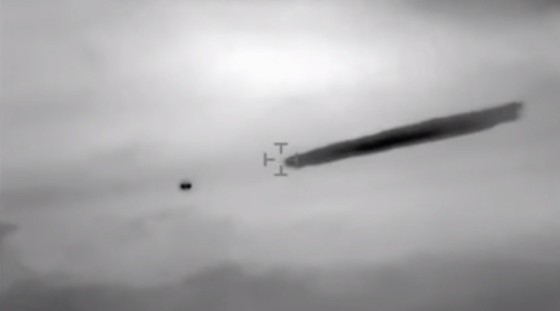
The Chilean navy has admitted it can’t explain a video filmed by its pilots showing a UFO in the country’s airspace.
The report from an alleged UFO sighting by the Chilean military over two years ago has just been declassified and the internet is abuzz with speculation – this is one mystery that has experts completely stumped.
A military helicopter captured the incredible footage in November 2014 during a routine coastal patrol.
The craft – spotted in broad daylight – was filmed using the chopper’s infra-red camera.
It can be seen hovering in the clouds before appearing to give off some sort of gas as it moves along.
Here is the video of that footage captured:
The Chilean government agency which investigates UFOs, the CEFAA, reports that a naval helicopter was carrying out a routine daylight coastal patrol in November 2014 when the camera operator noticed an unidentified flying object ahead.
It was flying horizontally and at a steady speed similar to that of the helicopter.
The pilots tracked the craft from around 40 miles away and tried several times to communicate with it.
After receiving no response, they reported it to a pair of nearby radar stations.
But shockingly, neither of them were able to see it on their screens – despite being able to detect the navy choppers.
It was flying at a steady speed similar to that of the helicopter.
The crew contacted local airports and land-based military installations to confirm whether the object had appeared on their radar screens. It did not. They then attempted to contact the craft using standard civilian radio frequencies, but to no avail.
Twice during the 10-minute recording, the UFO ejects an unknown material into the air, which is only visible on the infrared (IR) spectrum. To the naked eye, the object itself is barely visible and the substance it expels disappears straight into the clouds.
Before the crew could obtain any more information, the UFO vanished into the clouds.
Each and every theory proposed so far for explaining the bizarre object has been debunked, officially making this a genuine unidentified flying object.
The footage was captured on a sophisticated Surveillance & Reconnaissance (SAR) camera in broad daylight. Nearby radar installations could detect the helicopter which captured the amazing footage but nothing else in the vicinity, which rules out low flying airplanes and weather balloons.
As part of the two-year investigation, multiple agencies were contacted to verify whether any satellites or falling space debris could explain away the phenomenon – they could not. The team assembled to study the footage and investigate the case include astrophysicists, video and image analysts, and aeronautic engineers, however they were unable to explain the object.
Chilean navy declassifies UFO footage after 2 year investigation
After conducting a scientific review of the released footage using calculations derived from examining the helicopter’s path, hot spots from the infrared footage and studying the velocity of the unidentified object, as well as nature of the dumped material, IPACO, a French-based organization, concluded that the object was most likely a medium-haul twin jet airliner.

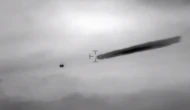









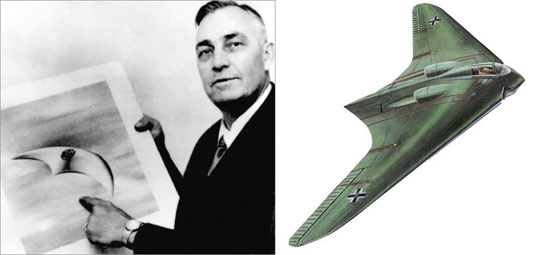






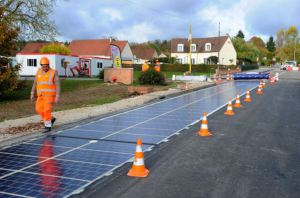

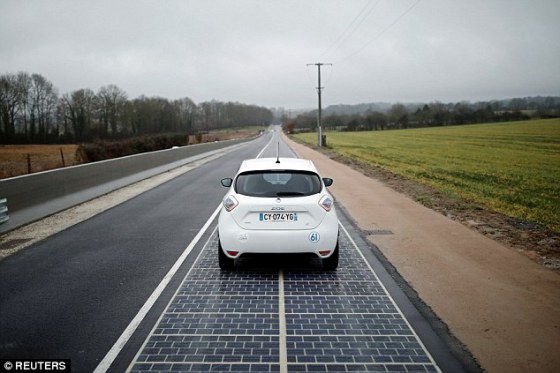




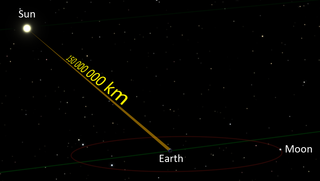
 A portrait of Ole Roemer from 1700
A portrait of Ole Roemer from 1700
